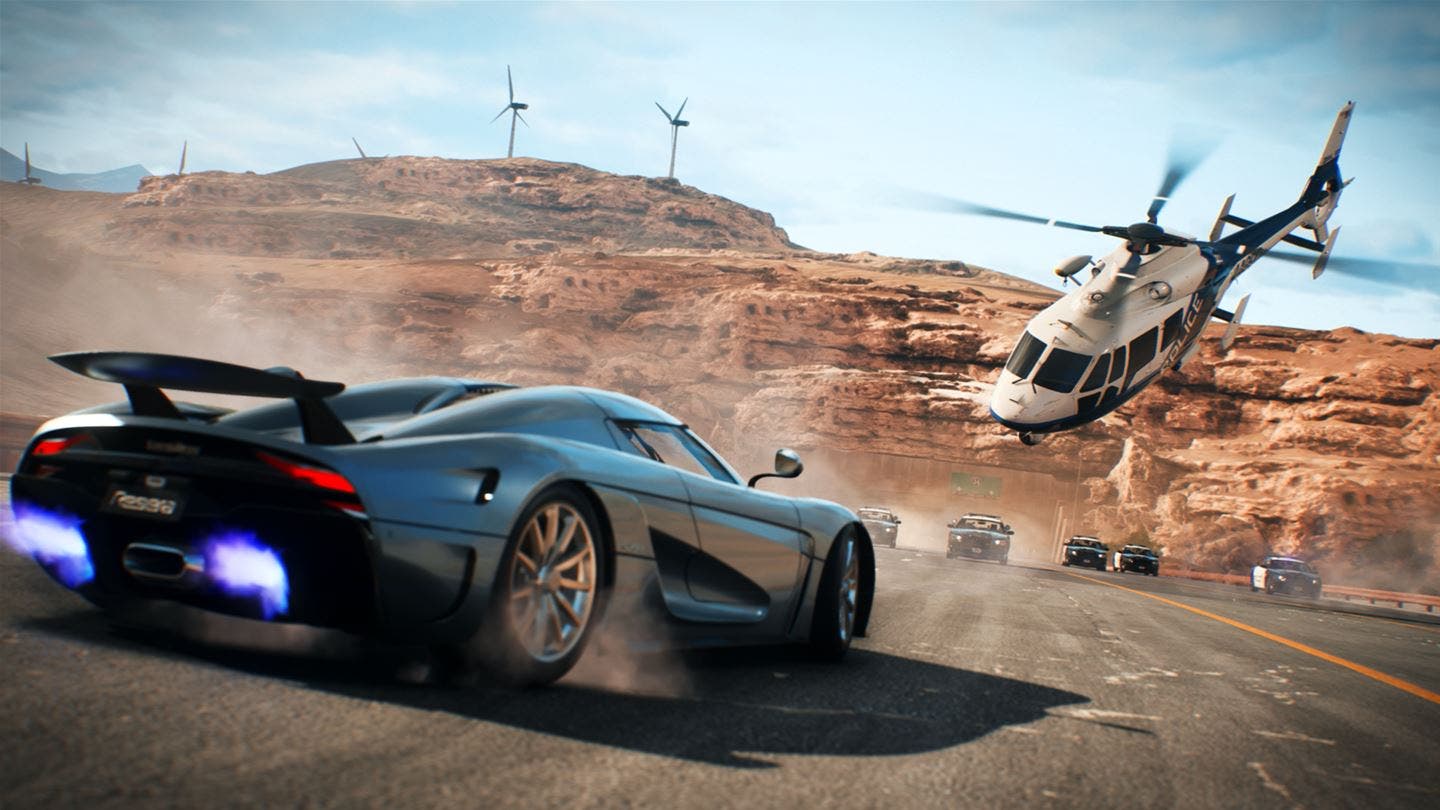

And the progressively better handling and higher performance of unlocked vehicles in Need For Speed Payback did feel like a reward for learning how to gut out white-knuckle laps with shaky rides earlier in the game. I don’t mind a stout challenge, even in an arcade racer where I know the AI is going to race a perfect line and hit each corner at top speed. To give any driver a new ride is to effectively start over Cars south of that number by more than 5 points will be left in the dust, particularly in technical events like drift racing on pavement. A car that matches that rating, or is even 15 points better, is still going to have a hard time on the first try or two. Each story mission in Need For Speed Payback helpfully gives a recommended vehicle rating to beat it. But to give any of them a new ride - Mustang, Lotus or Charger - is to effectively start over, grinding through low-level races one has already beaten for currency, “speed card” upgrades and other items to then fashion the vehicle into something competitive.Īnd competitive it must be. Sure, there are three main characters with three specialties - the street racer, the drift/off-roader, the wheelwoman. Neither are the humans, in a hackdraft story that is pure expository dialogue and cornball reversals. The problem with Need For Speed Payback is that the cars aren’t really the stars. The wild oversteer and braking power takes some acclimatization, but it’s there to help users of all levels through the game’s wild drift-racing events, and to whip through right angle turns in getaway chases.

Notwithstanding the lunkhead competitor AI and trivial pursuit vehicles one encounters, the handling and power inside the cars made the strongest invitation for me to explore Payback’s open world - vacant though it is.

It’s a shame because there’s a strong arcade racer under the hood of Need For Speed Payback. Need for Speed Payback Ghost Games/Electronic Arts


 0 kommentar(er)
0 kommentar(er)
